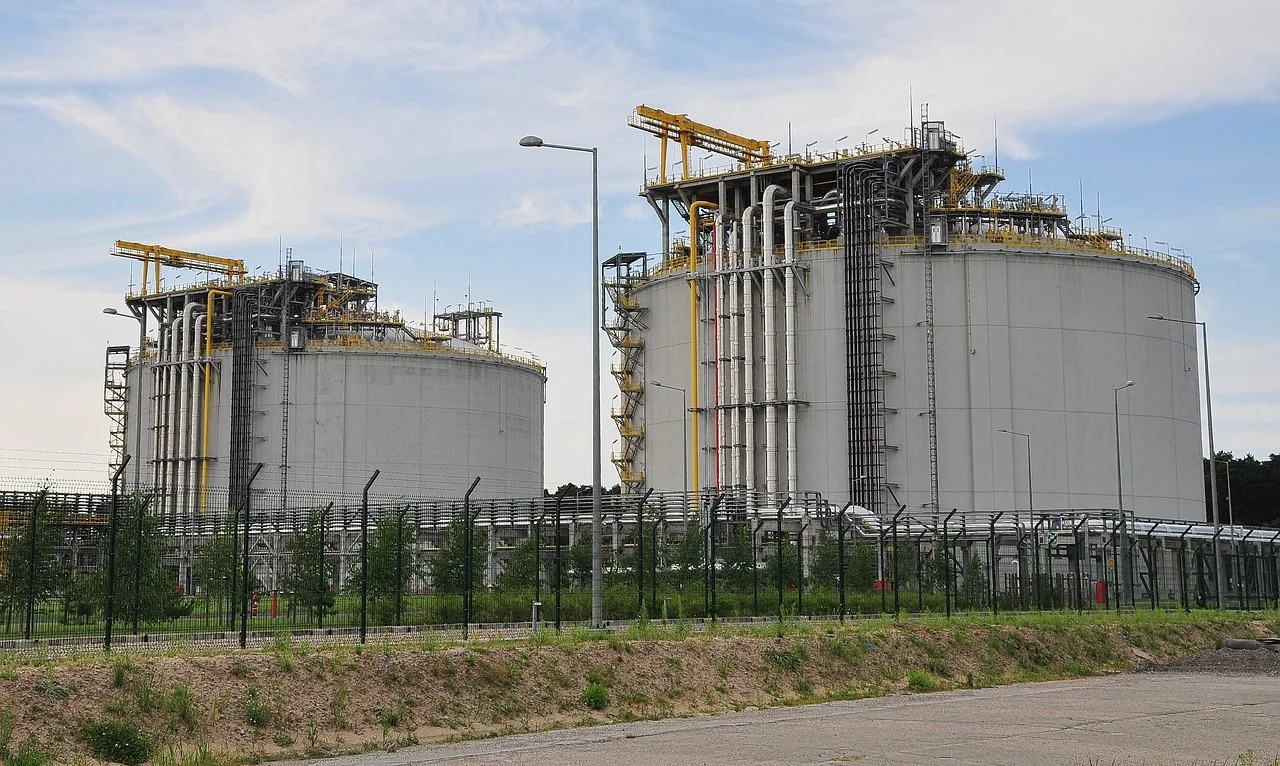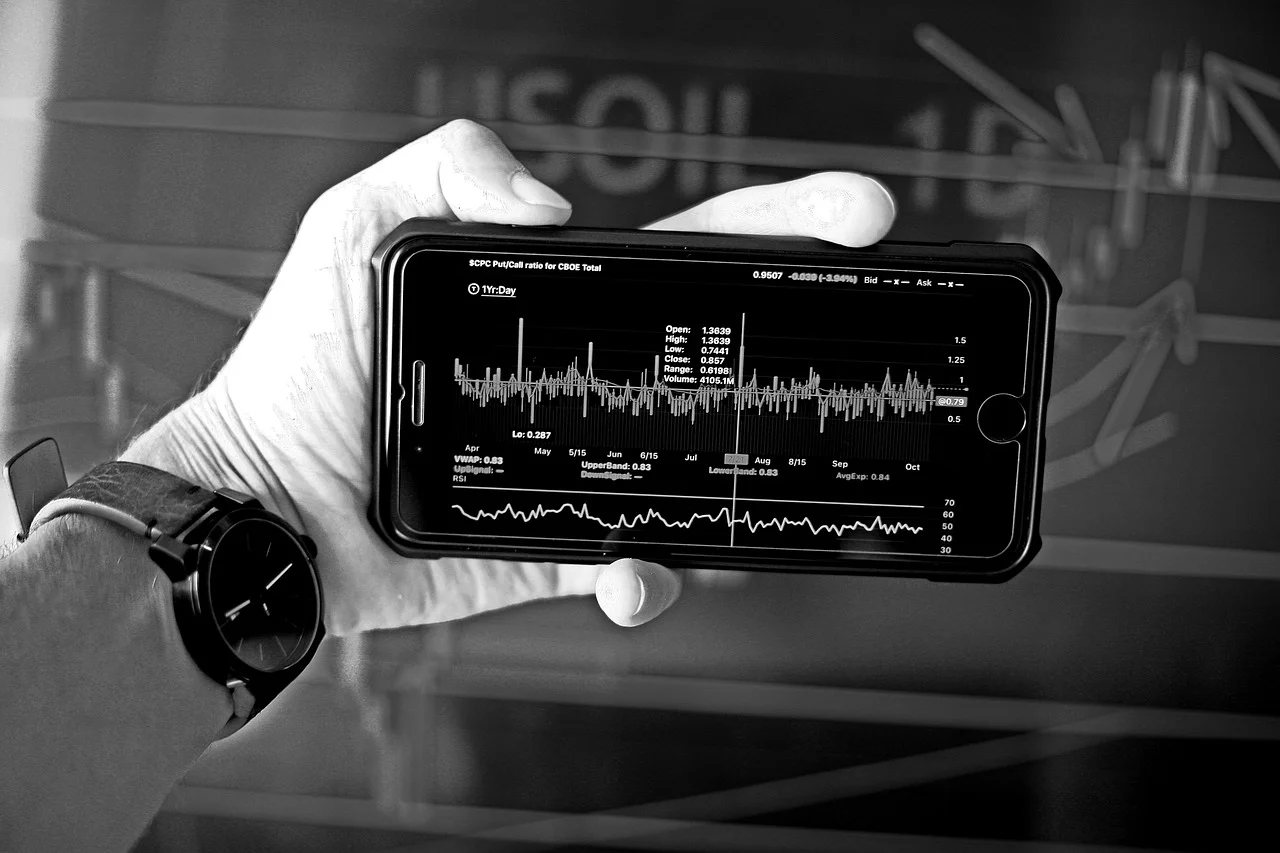
Unveiling the Warning Signs in the Commodities Market: The Alarming Situation According to Hedge Funds
Key Takeaways:
The Dive into the Commodities Market
The commodities market has always been a reflection of the global economy, but recently, it has started giving out warning signs. Hedge funds, with their in-depth analysis of market trends, are highlighting some disruptive factors that have the potential to create turmoil in this market. This article aims to shed light on these concerns raised by hedge funds and explore the underlying reasons contributing to the alarm.
The Evolving Awareness of Hedge Funds
Commodities capture the attention of hedge funds primarily because of their diverse applications in industries, ranging from energy to agriculture. These financial firms analyze the commodities market by considering various factors, such as supply and demand dynamics, economic indicators, and geopolitical risks. Their findings provide essential insights into the market, helping investors make informed decisions.
Rising Inflation: A Red Flag
Inflation acts as a major warning sign in the commodities market and has caught the attention of hedge funds. As consumer prices start to rise, it exerts pressure on businesses, leading to increased production costs and reduced profit margins. Hedge funds anticipate that skyrocketing inflation could potentially disrupt supply chains and hinder global economic growth.
This inflationary pressure is fueled by several factors such as heightened consumer demand, supply chain disruptions due to the pandemic, and increased monetary stimulus. With these factors combined, commodity prices are expected to surge, potentially causing unpredictability and losses for investors.
Supply Chain Disruptions and Global Tensions
The world has recently experienced unprecedented supply chain disruptions due to the ongoing pandemic. These interruptions have had a domino effect on industries, preventing the smooth flow of resources, materials, and finished goods worldwide. Consequently, hedge funds are growing increasingly concerned about the resilience and stability of the commodities market.
Additionally, geopolitical tensions between major global powers impact commodities. Conflicts and trade disputes can result in embargoes, sanctions, or restrictions on the flow of resources, thereby causing volatility in the market. These unpredictable geopolitical events make it essential for investors to pay closer attention to the commodities sector.
The Diversification Solution
Given the potential risks associated with the commodities market, diversification emerges as a prudent investment strategy. Combining different asset classes, such as stocks, bonds, real estate, and commodities, can help fortify an investor’s portfolio and mitigate potential losses.
Investors must assess the risks associated with each asset class and allocate their resources accordingly. By diversifying their investments, they can minimize exposure to market volatility and balance their portfolios, aligning with their financial goals effectively.
The Bottom Line: Proceed with Caution
While the commodities market presents lucrative opportunities, investors must proceed with caution given the alarming signs highlighted by hedge funds. Rising inflation, supply chain disruptions, and geopolitical tensions are realities that should not be undermined.
To navigate these testing times successfully, investors must stay informed, evaluate their risk tolerance, and implement a well-diversified investment strategy.
Frequently Asked Questions
Conclusion
The commodities market is flashing red warning signs as hedge funds sound the alarm. Rising inflation, supply chain disruptions, and geopolitical tensions have created a sense of apprehension among investors. To weather these challenges, diversification and careful assessment of risks are paramount. Investors mustn’t overlook the realities of the commodities market but approach it with meticulous planning and informed decision-making.
Source: insightfullgo.com

